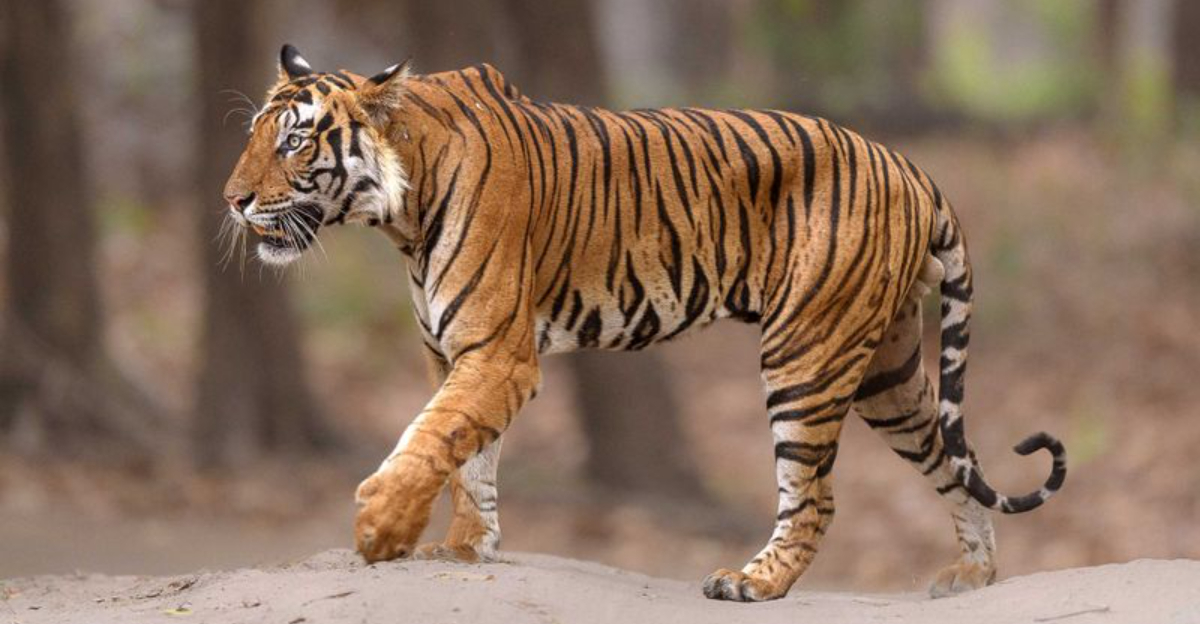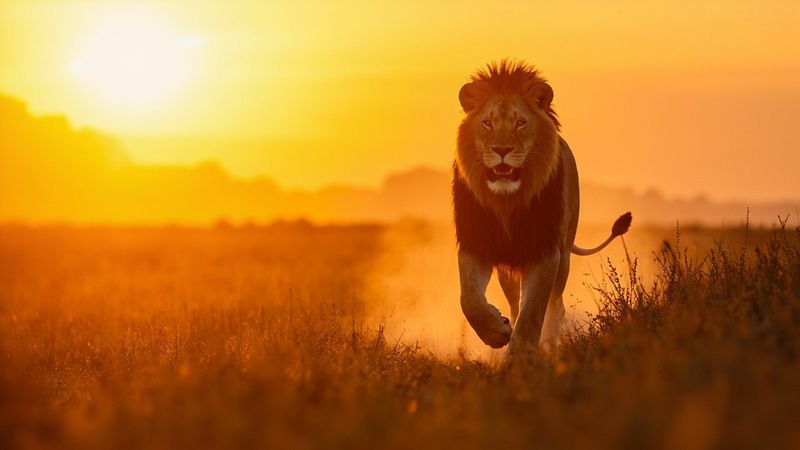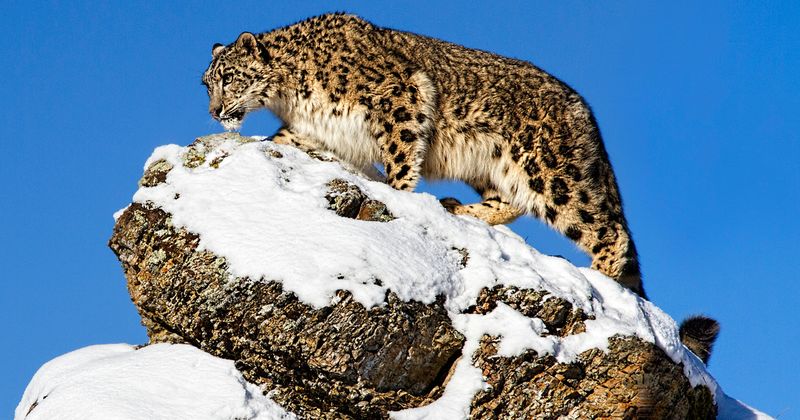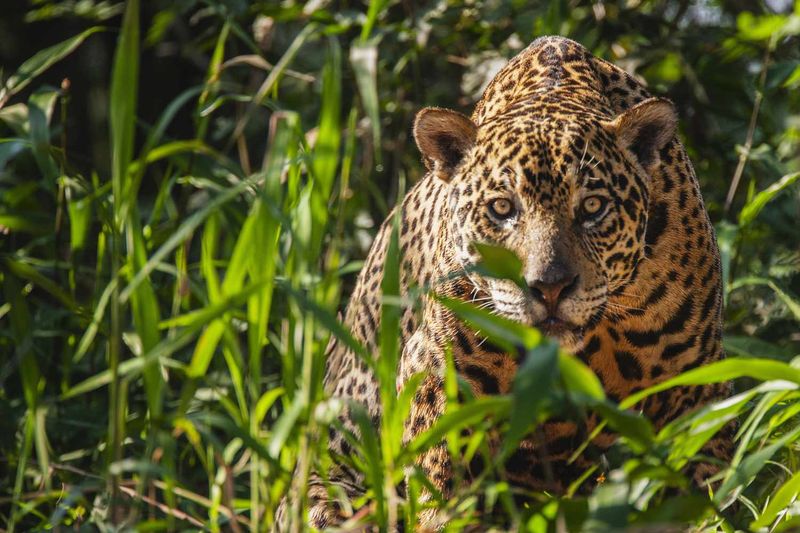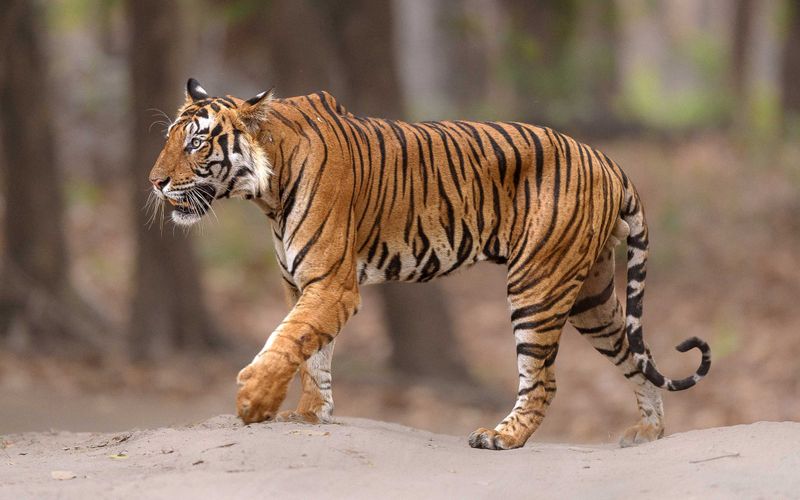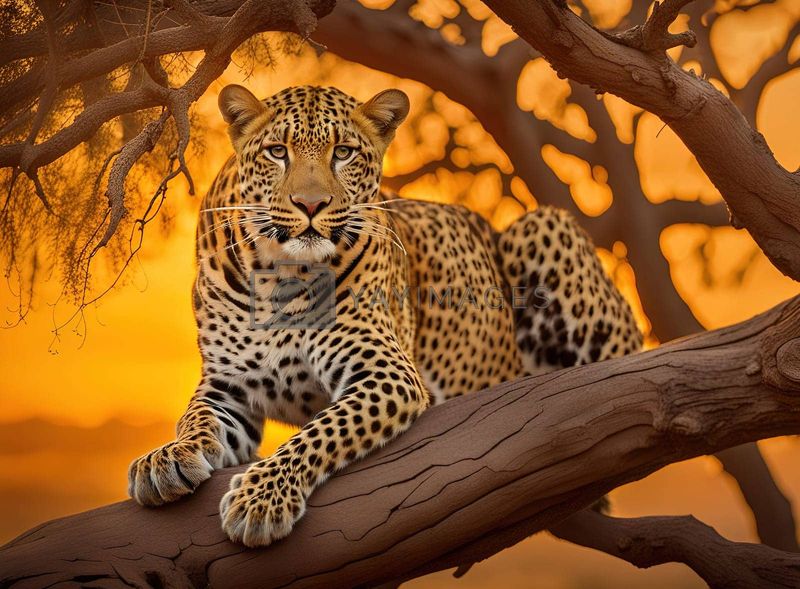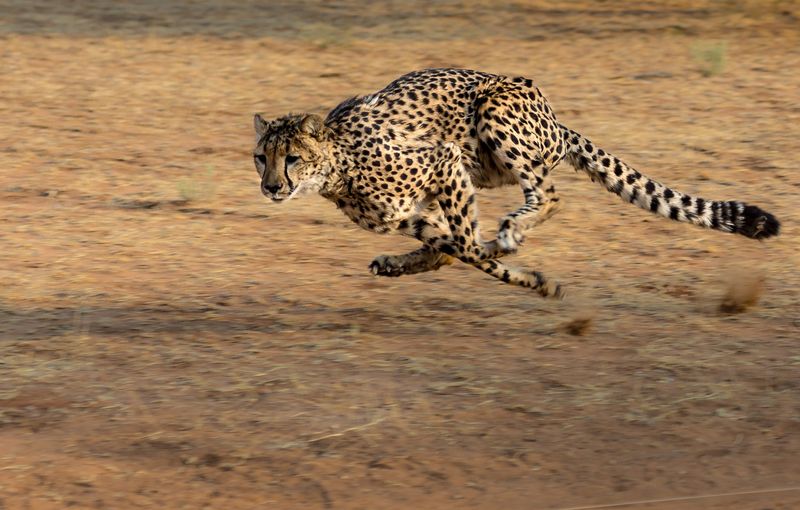📖 Table of Content:
Big cats such as lions, tigers, leopards, and jaguars are crucial apex predators that significantly impact ecosystems worldwide. Their conservation is not only vital for their own survival but also for maintaining global biodiversity. This article explores the ecological importance of these majestic creatures, the challenges they face, and the innovative conservation efforts aimed at preserving their habitats.
1. The Majestic Lion
With a roar that echoes across the plains, the lion stands as a symbol of strength and majesty. Known as the king of the jungle, lions play a vital role in maintaining the balance of their ecosystems. Their hunting regulates prey populations, ensuring healthy vegetation growth. In the savannahs of Africa, lions’ presence fosters biodiversity by keeping herbivore numbers in check. Did you know? A lion’s roar can be heard up to five miles away! This awe-inspiring predator is both feared and revered, embodying the wild spirit of the African landscape.
2. The Elusive Snow Leopard
High in the rugged mountains of Central Asia, the snow leopard prowls silently. This elusive cat, with its thick spotted coat, is perfectly adapted to cold, harsh environments. As a top predator, the snow leopard helps control populations of ibex and other mountain ungulates, maintaining ecological balance. Despite its rarity, the snow leopard’s presence is a testament to the health of its mountainous habitat. Did you know? Snow leopards can leap up to 50 feet in a single bound! Their mysterious allure and crucial ecological role make them a symbol of wilderness conservation.
3. The Stealthy Jaguar
In the dense, vibrant rainforests of the Amazon, the jaguar moves with stealth and power. Its unique spotted coat provides perfect camouflage as it navigates the undergrowth. Jaguars, as apex predators, control populations of capybaras and peccaries, contributing to the forest’s health. These powerful cats are also known for their ability to swim, often hunting along riverbanks. Did you know? Jaguars have the strongest bite of all big cats, capable of cracking turtle shells! Their presence supports a diverse and thriving ecosystem, embodying the spirit of the rainforest.
4. The Regal Bengal Tiger
In the lush forests of India, the Bengal tiger reigns supreme. Its striking orange and black stripes make it one of the most iconic big cats. Tigers maintain forest health by preying on deer and wild boar, keeping these populations in balance. The presence of tigers indicates a healthy ecosystem, rich in biodiversity. Did you know? No two tiger stripes are the same, much like human fingerprints! The Bengal tiger’s majestic presence and ecological importance underscore the need for continued conservation efforts to protect its natural habitat.
5. The Adaptable Leopard
Graceful and adaptable, the leopard is known for its ability to thrive in diverse environments, from African savannahs to Asian forests. As a solitary hunter, the leopard’s diet is varied, ranging from small rodents to antelopes. This adaptability helps maintain balance within various ecosystems. Did you know? Leopards can drag prey twice their weight up trees to avoid scavengers! Their stealth and versatility make them masters of survival, embodying the resilience of the natural world.
6. The Agile Cheetah
Renowned for its incredible speed, the cheetah is nature’s sprinting champion. With a sleek, aerodynamic body, it can reach speeds of up to 60 mph in mere seconds. Cheetahs primarily hunt antelope and gazelles, playing a crucial role in maintaining the health of grassland ecosystems. Unlike other big cats, cheetahs rely on speed rather than stealth. Did you know? Cheetahs have specialized spine and leg muscles for rapid acceleration! Their unique adaptations and role as a keystone species highlight the need for their protection in the wild.
7. The Mysterious Cougar
The cougar, also known as the mountain lion, roams across the Americas with a mysterious allure. Its adaptability allows it to inhabit a range of environments, from forests to deserts. As a top predator, cougars regulate prey populations, supporting ecological balance. They are solitary and elusive, often hunting at dawn or dusk. Did you know? Cougars can jump 15 feet high in a single leap! Their wide distribution and vital ecological role make them key to biodiversity across their range, symbolizing the wild heart of the American landscape.
